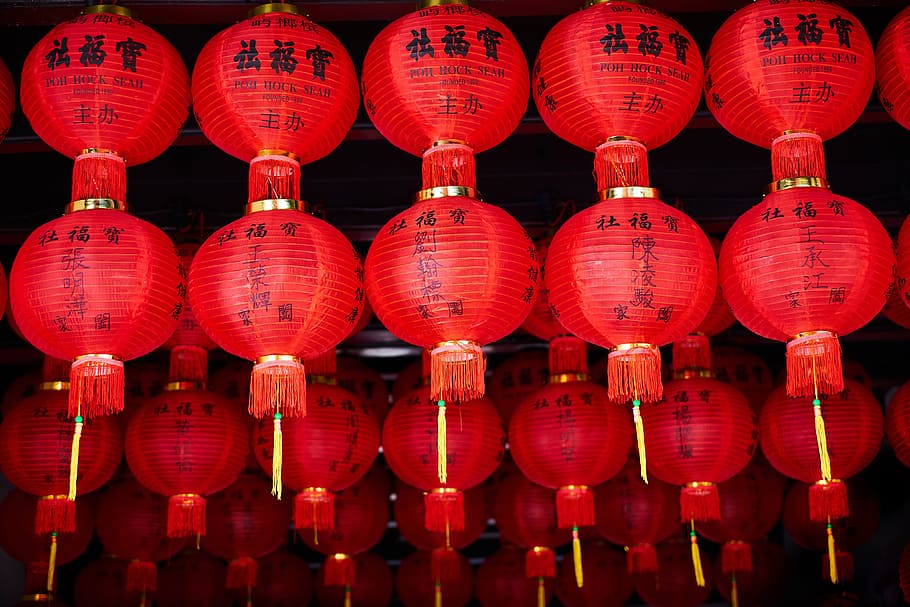


The first day of Chinese New Year begins on the new moon that appears between 21 January and 20 February. Marking the end of winter and the beginning of the spring season, observances traditionally take place from Chinese New Year's Eve, the evening preceding the first day of the year, to the Lantern Festival, held on the 15th day of the year. In Chinese, the festival is commonly referred to as the Spring Festival (traditional Chinese: 春節 simplified Chinese: 春节 pinyin: Chūnjié) as the spring season in the lunisolar calendar traditionally starts with lichun, the first of the twenty-four solar terms which the festival celebrates around the time of the Chinese New Year. "Chinese New Year" in Traditional (top) and Simplified (bottom) Chinese charactersĬhinese New Year is the festival that celebrates the beginning of a new year on the traditional lunisolar Chinese calendar. Mongolian New Year ( Tsagaan Sar), Tibetan New Year ( Losar), Japanese New Year (Shōgatsu), Korean New Year (Seollal), Vietnamese New Year ( Tết), Indigenous Assamese New Year (Rongali Bihu) Lion dances, dragon dances, fireworks, family gathering, family meal, visiting friends and relatives, giving red envelopes, decorating with chunlian couplets ( Chinese folk religion, Buddhist, Confucian, Taoist, some Christian communities)Ĭommemoration of the beginning of a new year on the traditional lunisolar Chinese calendar Clockwise from the top: Fireworks over Victoria Harbour in Hong Kong, lion dance in Boston Chinatown, red Lanterns on display, dragon dance in San Francisco, red envelopes, firecrackers exploding, spring coupletĬhinese people and Sinophone communities


 0 kommentar(er)
0 kommentar(er)
